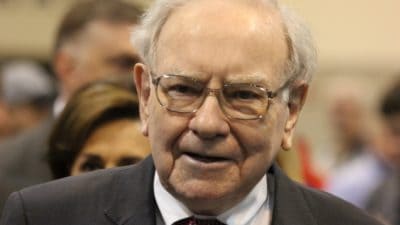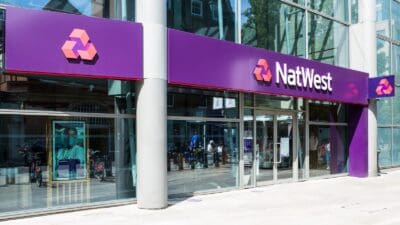The world changed for UK banks after the great financial crisis (GFC) of 2008–09. The taxpayer bailouts of Lloyds (LSE: LLOY) and Royal Bank of Scotland (LSE: RBS), and regulatory changes to guard against it happening again, meant investors had to reassess the prospects and future returns of UK bank stocks.
Optimists concluded banks would become safe, utility-like stocks, delivering reliable dividend income. Pessimists concluded the wider responses of governments and central banks to the GFC made the banking sector uninvestable. Here, I’ll discuss these views, and what they might mean for investors in Lloyds and RBS today.
Utility-like UK bank stocks
Ten years on from the GFC, Lloyds and RBS finally looked in decent shape. They’d largely paid their penalties for past misconduct. They’d built up the capital buffers required by regulators, and absorbed myriad new compliance costs. They were comfortably passing the Bank of England’s stress tests.
Finally, they were profitable again, and had dividend policies they believed were progressive and sustainable. Investors who’d backed them to become safe, utility-like stocks were chuffed.
Cyclicality and leverage
The Covid-19 pandemic has put paid to bank dividends for now at the behest of the regulator. In contrast, utilities regulators have made no such demands on the companies they oversee.
It’s a reminder that bank stocks can never be quite utility-like. They’ll always be highly geared to the economy. Furthermore, their inherent leverage will always make them riskier than utilities in times of stress. Lloyds and RBS last year had financial leverage of 17.5 times and 16.6 times. For the UK’s three biggest utilities, National Grid, SSE, and United Utilities, leverage was 3.3, 4.3, and 4.2 times.
The way I see it, Lloyds and RBS offer a safe, utility-like return when times are good, but higher dividend and financial risk when times are bad.
UK bank stocks: another bailout?
I’ll put the pessimistic view that the banking sector became uninvestable post-GFC as briefly as I can. The slashing of interest rates, and programmes of massive quantitative easing were a recipe for a bigger crash further down the line. They would artificially inflate asset prices (everything from property to equities), and at the same time allow personal, corporate, and government debt to rise to dangerous and unprecedented levels.
The evolution of the post-GFS ’emergency’ unconventional monetary policies into a new norm only hardened the pessimists’ view that what we had was a growing ‘everything bubble’ looking for a pin. When it found it, a collapse in asset values would see banks crash harder than in the GFC. Hello even bigger bailouts and shareholder dilution!
Bottom line
I don’t dismiss the big-picture view of the pessimists. Nor the view of Sir John Vickers, one of the architects of the post-GFC banking regime. He’s said in recent years leverage at banks remains “dangerously high.” And he’s questioned the adequacy of capital buffers, and the efficacy of stress tests. He recently told the BBC: “I am not predicting it’s all going to collapse but there are greater risks than there needed to be.”
On balance, I’m not convinced a generous stream of dividend income from Lloyds and RBS in the good times is sufficient recompense for the potential risks I see currently facing them. As such, I’m personally avoiding these stocks right now.







